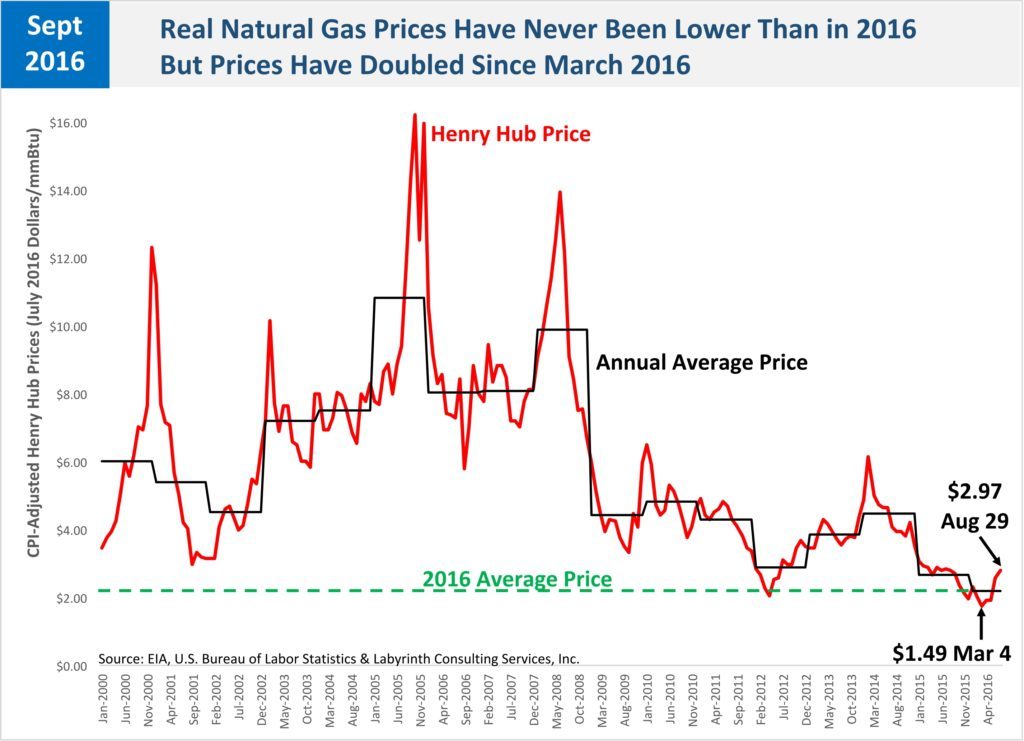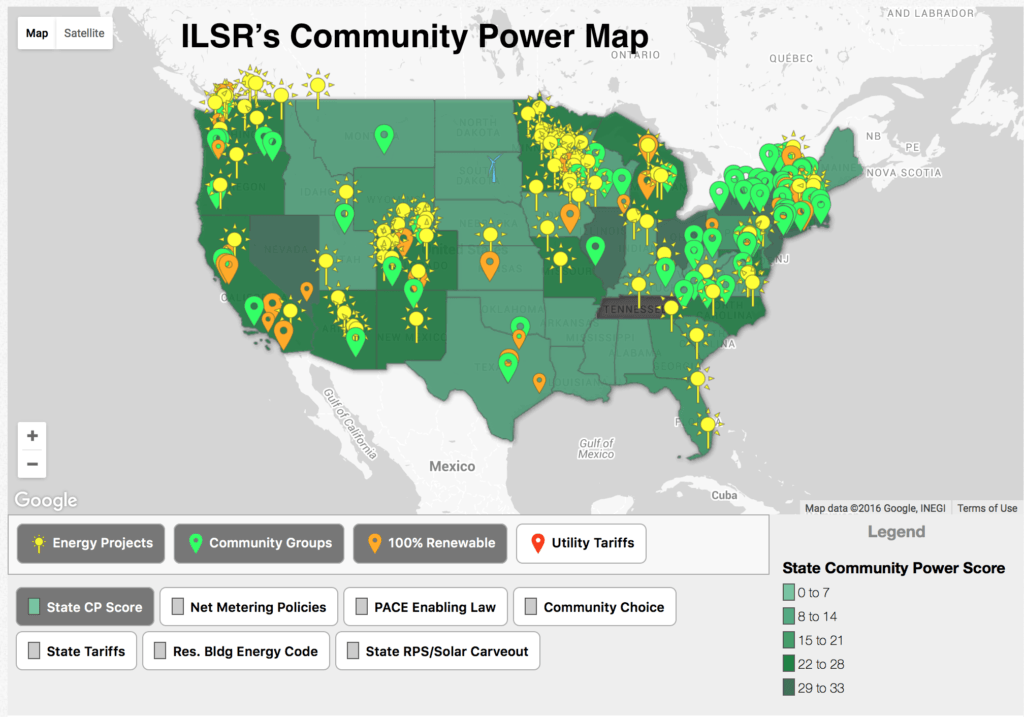Pueblo Targets All-Renewables Future To Bolster Local Economy
Originally published at ilsr.org.
Pueblo, Colorado, last month became the first city to commit to an all-renewables future since President Donald Trump took office. The new administration continues to cast significant doubt over the future of federal policies designed to promote clean energy and distributed generation, virtually ensuring the best energy policy will sprout from state and local leadership.
Under the plan approved by the Pueblo City Council, the city of roughly 110,000 residents will transform its energy economy between now and 2035. Already, the community has begun to integrate renewables, including through community solar gardens. In addition, Pueblo will host a new $12 million, 7.5-megawatt hydroelectric generation facility spearheaded by the Southeastern Colorado Water Conservancy District.
Pueblo has a sizable low-income population and an economy historically reliant on aging industries like mining and steel. The all-renewable pact affirms a substantial shift in its development and growth strategy, even though the resolution does not carry consequences if the city falls short.
Counting Pueblo, nearly two dozen US cities — including Boulder and Aspen in Colorado — have firmed up plans to transition to 100% clean, renewable energy. (Find more information using ILSR’s Community Power Map.)
Avoiding Uncertainty
The plan greenlighted by the City Council last month, while not prescriptive per se, outlines specific goals including more efficient public infrastructure, businesses, homes, and appliances. City officials have also pointed to plans to involve residents in renewable energy planning, and to deliver benefits to low-income households.
Indeed, part of the city’s rationale for pursuing the switch to renewables is to insulate residents from volatile energy prices. Pueblo’s resolution positions rising electricity rates as “an important challenge to the city’s economic and social well-being.”
The City Council singled out natural gas, misleadingly trumpeted by utilities nationwide as a cleaner replacement for coal. Even setting regulatory and environmental concerns aside, natural gas presents one of the riskiest options for customers, who end up on the hook for expensive infrastructure and unpredictable fuel costs.
 Weather changes, production and import conditions, storage availability, and delivery constraints can all influence gas prices. Typically, utility customers shoulder any variability while utility shareholders remain insulated from fluctuations.
Weather changes, production and import conditions, storage availability, and delivery constraints can all influence gas prices. Typically, utility customers shoulder any variability while utility shareholders remain insulated from fluctuations.
Clean energy advocates have publicly tussled with the local utility, investor-owned Black Hills Energy, over skyrocketing rates driven up in part by bringing new natural gas generation online. The rate base for Black Hills customers — the benchmark that determines the utility’s returns — swelled from $136 million in 2008 to $511 million in 2016. The increase pumped up residential customers’ monthly bills by an average of 58%, according to Denver Post calculations.
More than 7,000 Pueblo residents have had their electricity shut off because they can’t keep up with rising costs, according to the Sierra Club. Hundreds of Black Hills customers protested another rate hike before state regulators last year, an increase blasted in the local media as “a publicly traded utility financially pillaging a town.”
How Much Can a City Do?
While Pueblo’s vision for renewables bolsters Black Hills critics, the city faces some barriers in implementation. Most notably, Pueblo itself does not have the leeway to decide how Black Hills sources power. Prodded by a state-level standard that requires Colorado utilities to generate at least 30% of their electricity from renewables by 2020, Black Hills has solar and wind in its portfolio.
City documents show Black Hills plans to meet a 65% renewables threshold by 2035. If it hits that benchmark, the utility in its 2016 resource plan predicted it would save $47 million by 2040. The utility’s commitment, coupled with the hydroelectric plant, will provide a meaningful boost toward the city’s mandate. But the city’s adopted goal demands more.
Pueblo officials say they have some room to jostle for more renewables, with or without Black Hills’ blessing. The city could generate its own power, for example, or purchase wholesale power and “aggregate utility service.” (We reached out to the City of Pueblo for more information on what that aggregation could look like, and will update this post when we hear back.) City staff, under direction from the City Council, are exploring options for forming a municipal utility, a process that is typically time-intensive, costly, and messy.
City Council President Steve Nawrocki, a proponent of the all-renewables plan, said it only goes so far to promote a more sustainable energy future for Pueblo. He has argued municipalization would provide a smoother pathway to better results.
“The fact is, the city won’t have any authority over its sources of power unless it creates its own utility,” he told the Pueblo Chieftain.
A Call to Action
For now, the all-renewables plan approved by the City Council tethers Pueblo to planning strategies that promote a more equitable, democratic energy marketplace.
“Rooftop solar, low-income community solar, and demand control technologies offer the opportunity to redistribute resources, address poverty, stimulate new economic activity in the city, and lift up those most impacted by high energy costs,” its resolution states.
In becoming the third Colorado city to cement its all-renewable vision, there’s a higher-level strategy at play.
“The resolution itself really doesn’t mandate anything,” Pueblo City Council Member Larry Atencio told the Denver Post. “What it does more than anything is say the city of Pueblo is considering and promoting renewable energy and we ask that the rest of the state follows.”
Photo credit: Ken Lund via Flickr (CC BY 2.0 license).
For timely updates, follow John Farrell or Karlee Weinmann on Twitter or get the Energy Democracy weekly update.
Have a tip for CleanTechnica? Want to advertise? Want to suggest a guest for our CleanTech Talk podcast? Contact us here.
Latest CleanTechnica.TV Video

CleanTechnica uses affiliate links. See our policy here.

